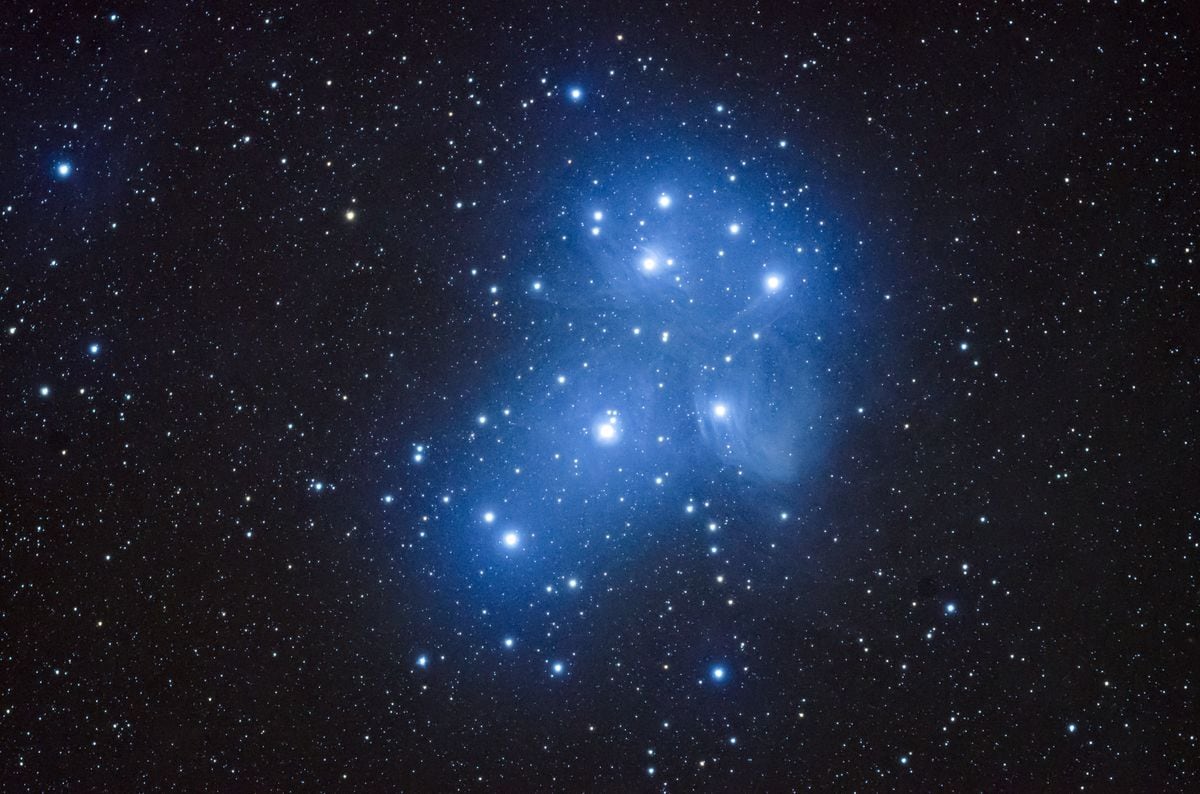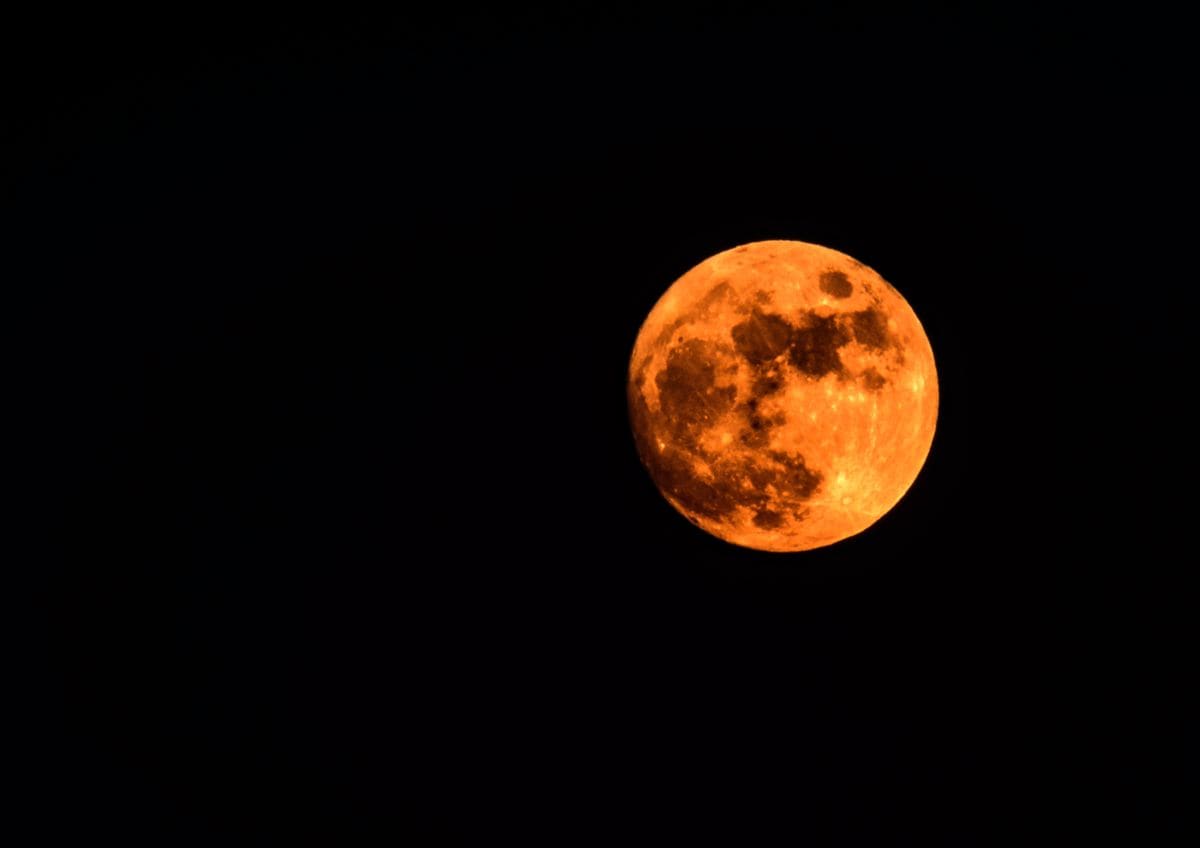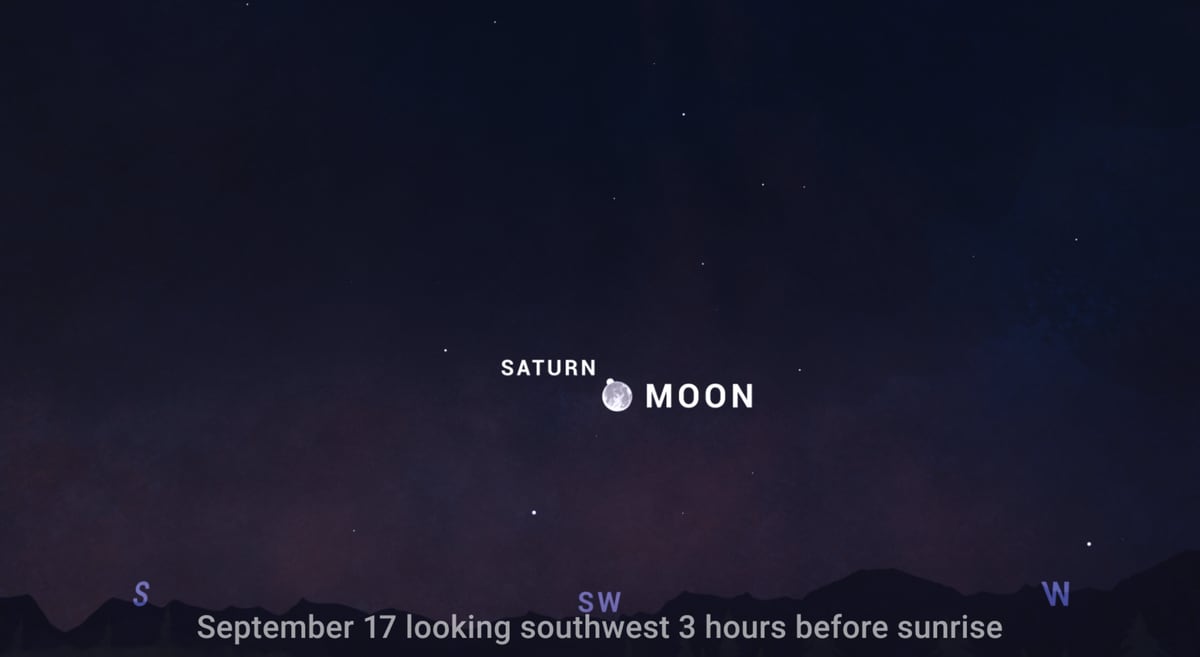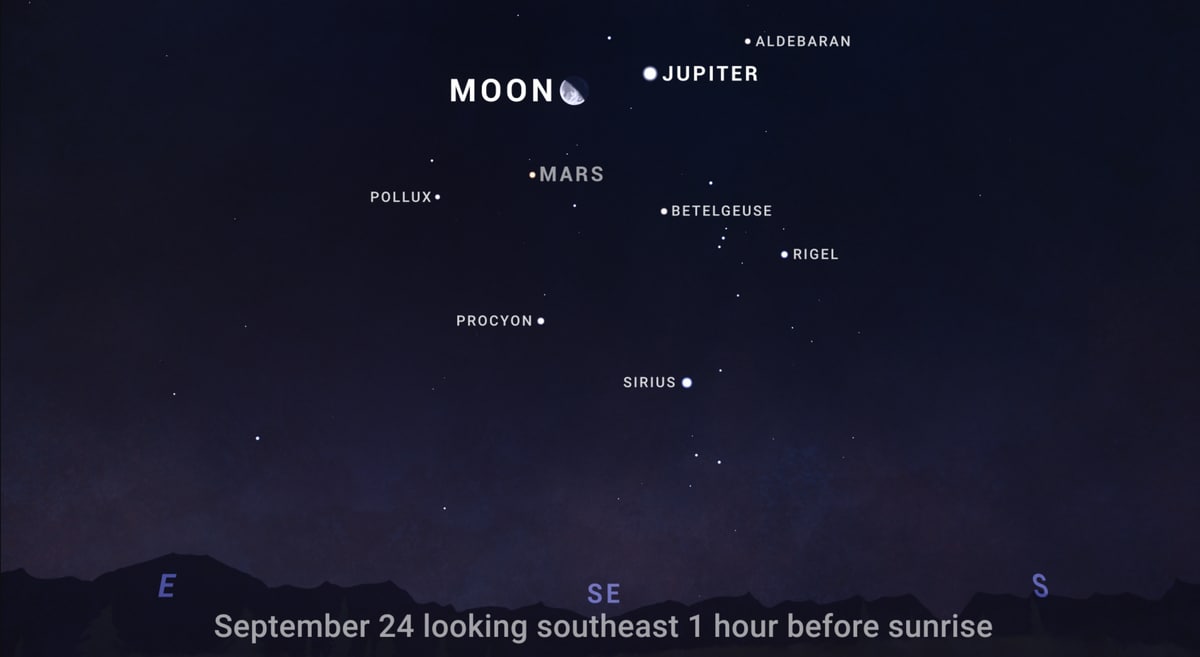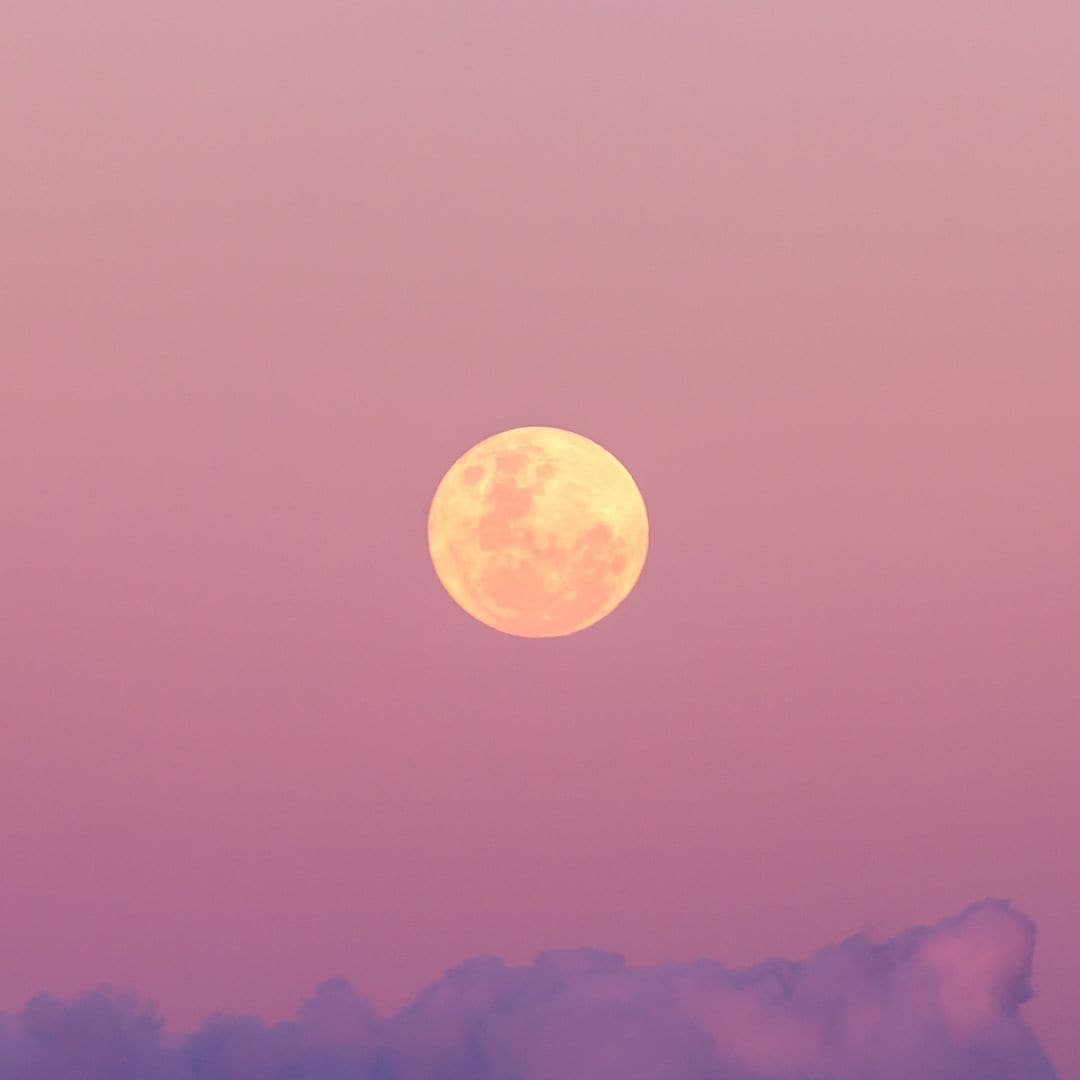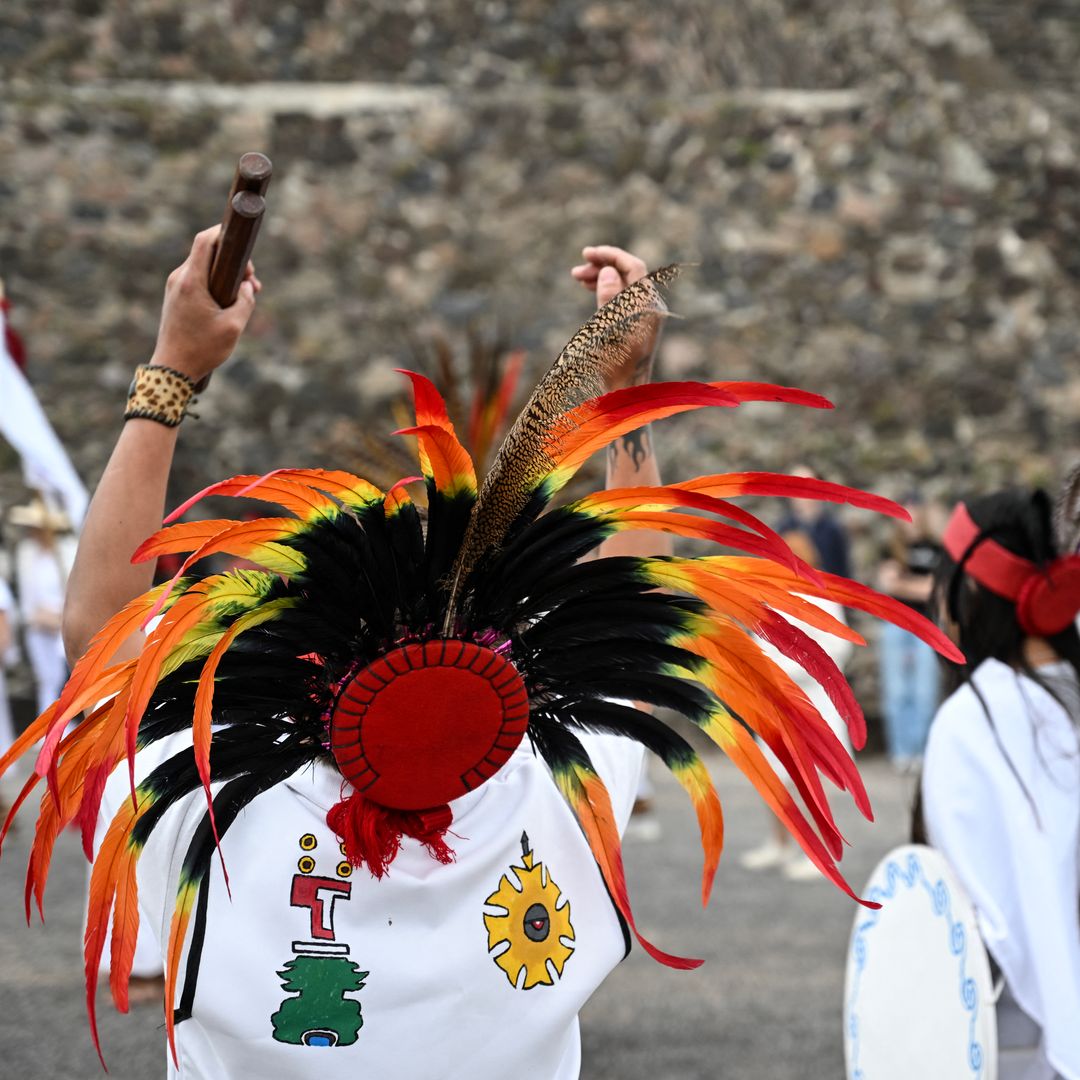Attention skywatchers! You are up to a treat as NASA has shared the official dates of September's highly anticipated astronomical events. This month, the night skies have a showdown in store, and the best part is that, unlike solar eclipses, no special equipment is required to enjoy the night's wonders.
The September full Harvest Moon is rising mid-month, while a partial lunar eclipse will make it look like someone took a chunk out of it. Additionally, the moon will make its way near the Pleiades, also called the Seven Sisters.
The Autumnal Equinox
The "harvest moon" and the "hunter's moon" are traditional names for the full moons in late summer and autumn in the Northern Hemisphere, typically in September and October. The "harvest moon," also known as the "barley moon" or "full corn moon," is the full moon nearest to the autumnal equinox, occurring within two weeks before or after that date. The "hunter's moon" is the full moon following it.
These names date back to the early 18th century and have become part of American folklore, often attributed to Native Americans. Notably, the Feast of the Hunters' Moon has been an annual festival in West Lafayette, Indiana, in late September or early October since 1968.
When to enjoy September's Full Harvest Moon and partial lunar eclipse, according to NASA
Venus will be positioned low in the western sky after sunset throughout September (yes, all month!). Saturn will be visible throughout the night. Jupiter and Mars will rise a few hours after midnight and can be observed in the southeast before sunrise.
On September 16, observers should look towards the southeast corner of the sky after sunset to witness the moon guiding Saturn across the celestial sphere.
The following day, September 17, marks the occurrence of a full Harvest Moon, which also qualifies as a supermoon. This will be accompanied by a partial lunar eclipse, creating a rare and impressive celestial event. During the eclipse, NASA notes that the moon will appear slightly larger and brighter than average, and a portion will be gradually obscured over an hour.
On September 22, viewers are encouraged to observe the moon as it approaches and then moves through the Pleiades star cluster.
Finally, on September 23, Jupiter will join the moon as a celestial companion. Following a late-night rise, both bodies will traverse the night sky. As dawn breaks on September 24, they will be visible high in the southeastern sky.
,type=downsize)

